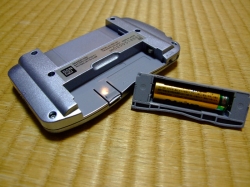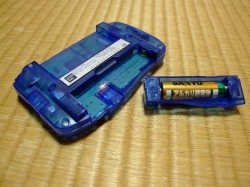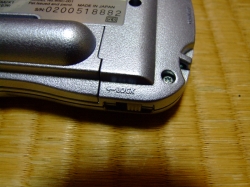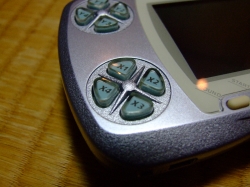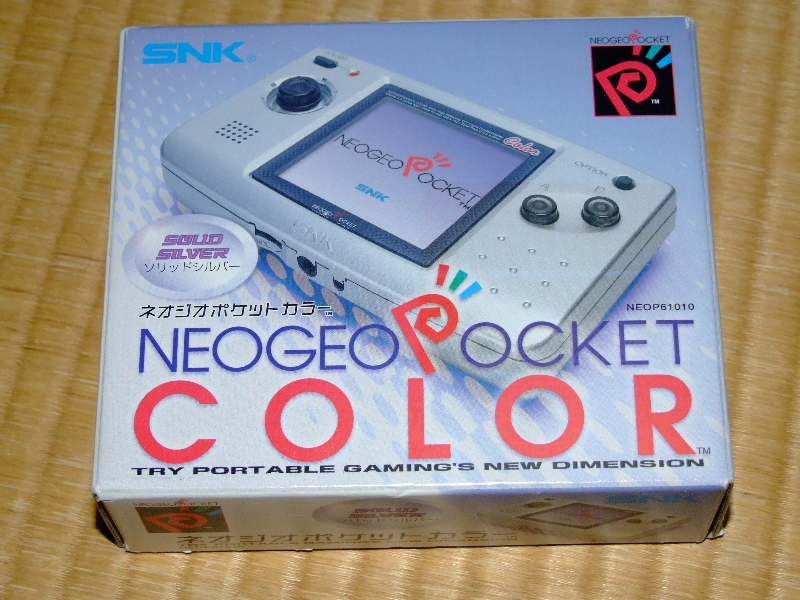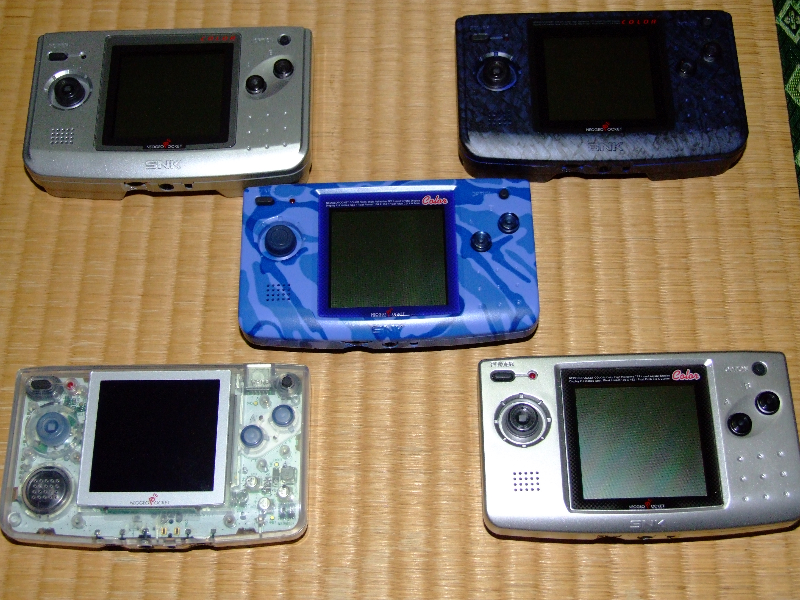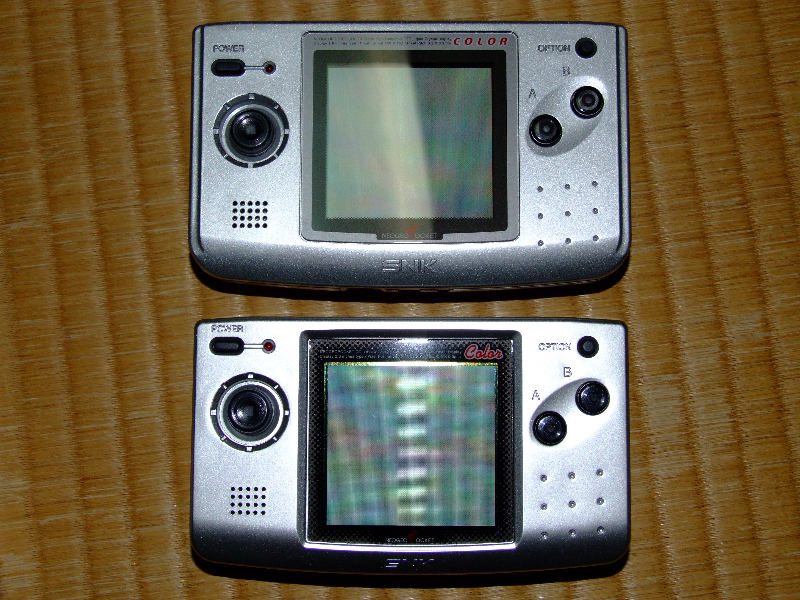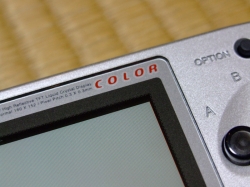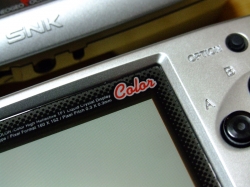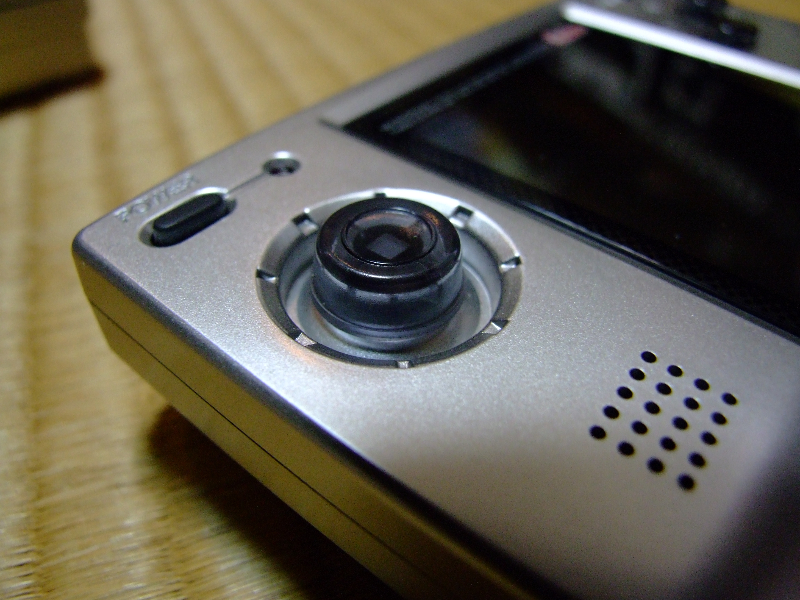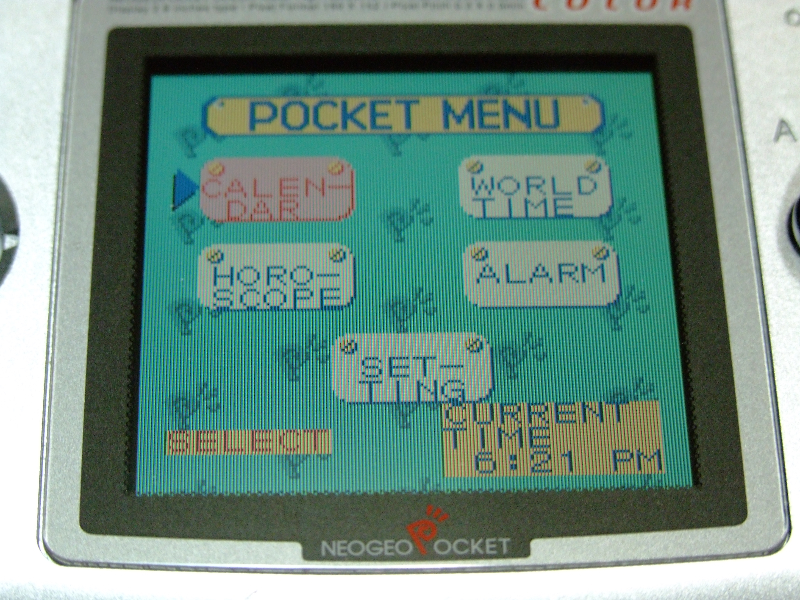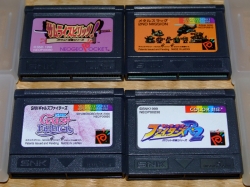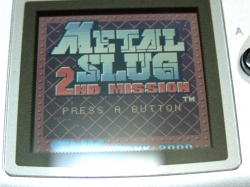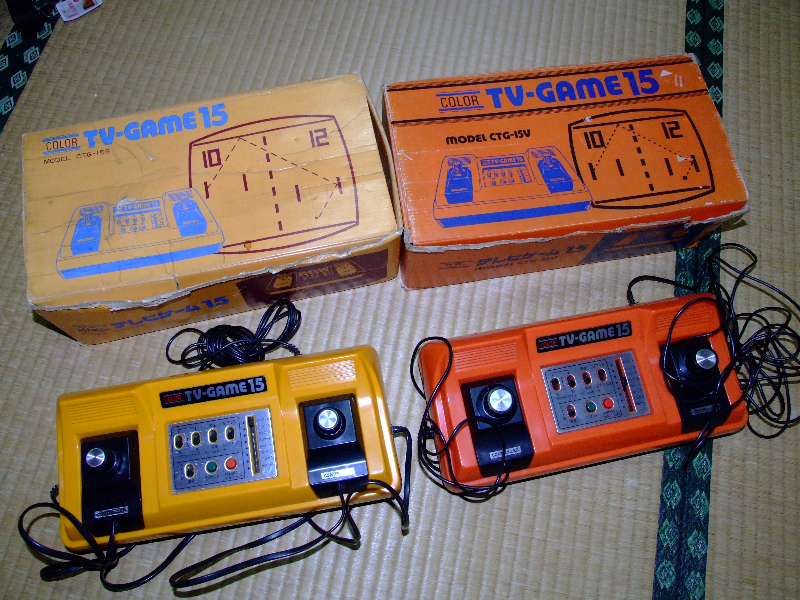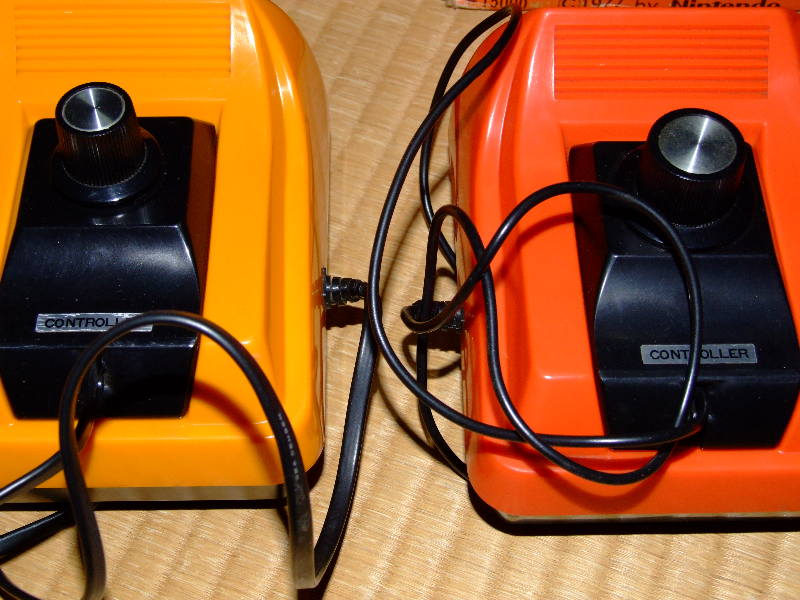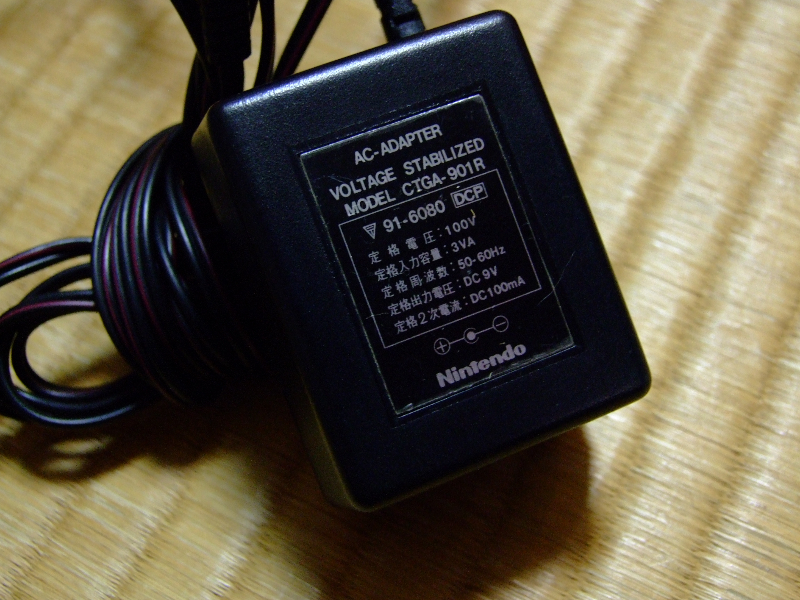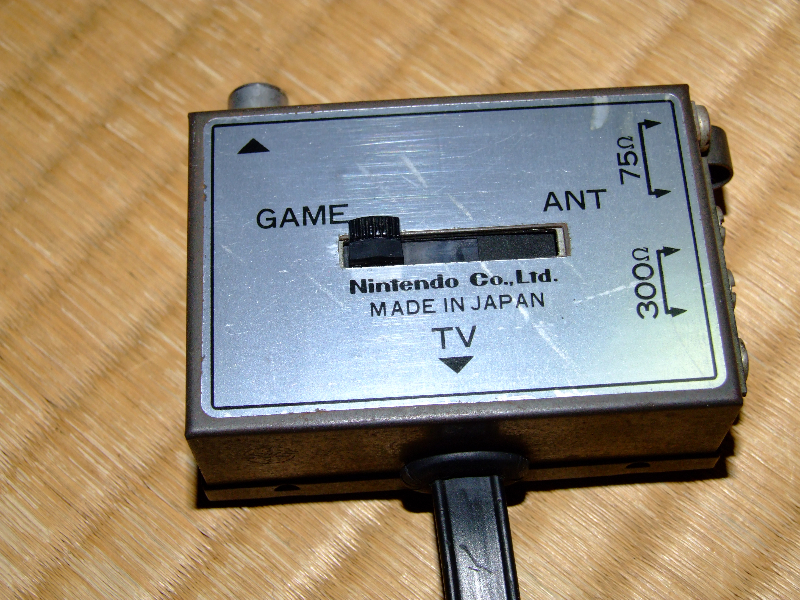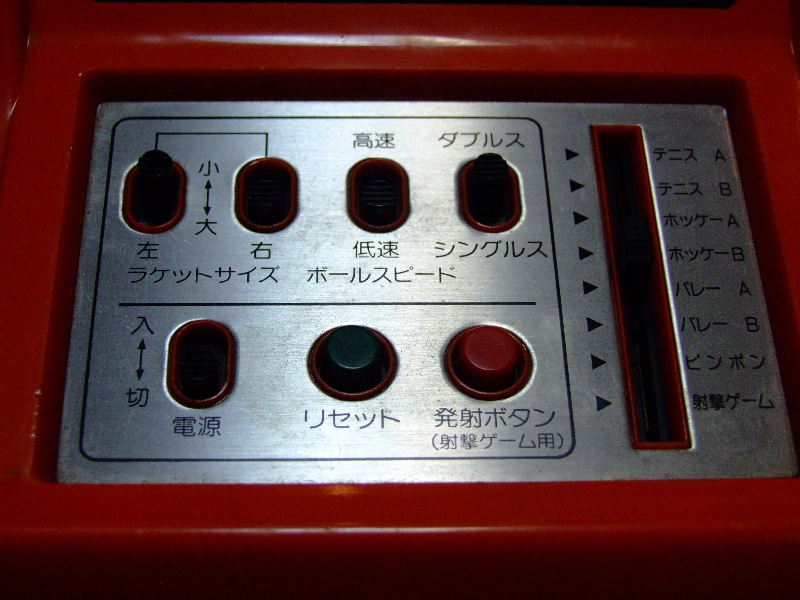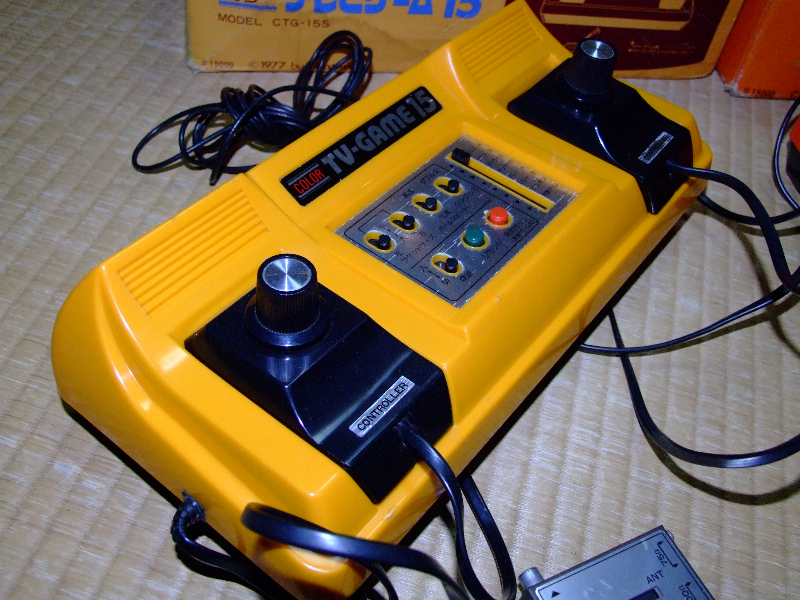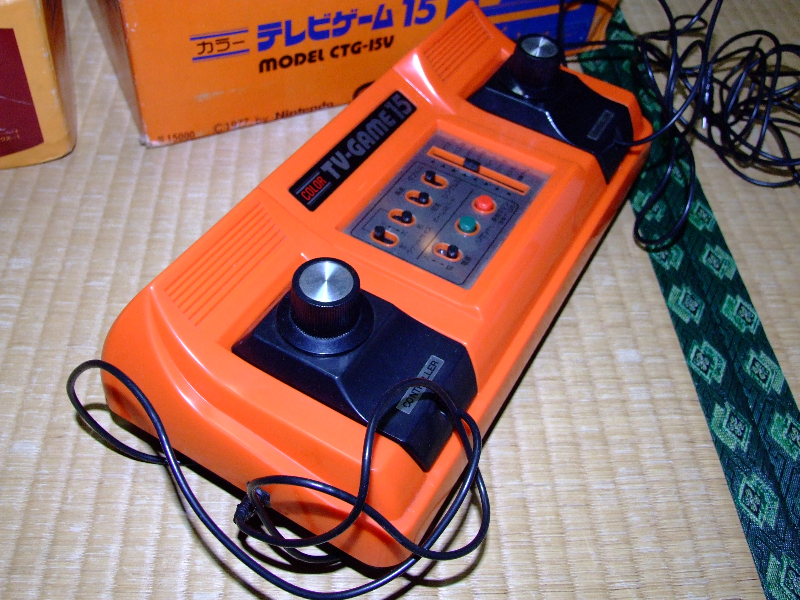The Bandai Wonderswan is an interesting little handheld that experienced a fair amount of success, albeit for a short period of time. The Wonderswan series debuted in 1999, but was discontinued in 2003.
Did it shine bright for a short period, or did it simply have trouble keeping up with the Gameboy and NeoGeo Pocket? 😀
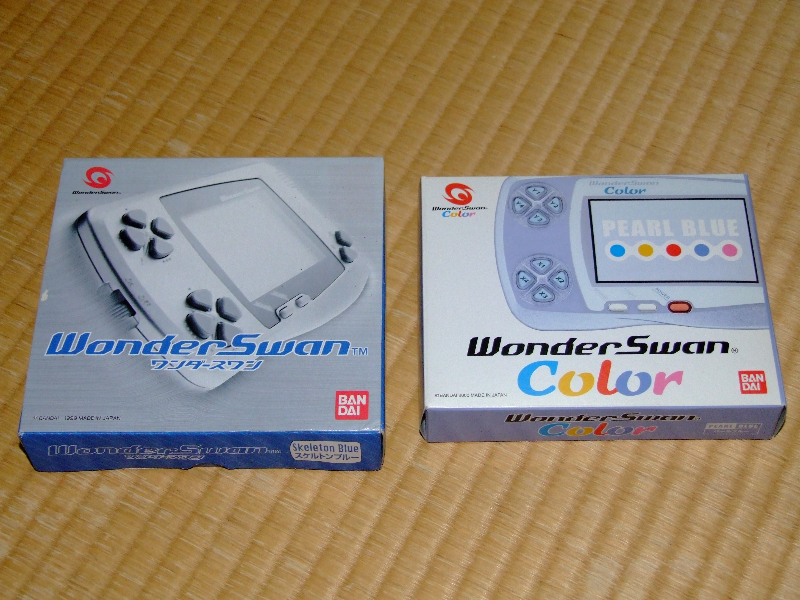
Developed in unison by Koto and Bandai, the Wonderswan did in fact have quite a bit of success over here in Japan, and although it didn’t knock the Gameboy out of the water it did take close to 10% of the market share away from the giant Nintendo.
An interesting fact when talking about the Nintendo/Bandai rivalry is that Koto (the comapny working together with Bandai on the Wonderswan) was actually Gunpei Yokoi’s company – Gunpei Yokoi being the creative mind behind the Gameboy. Gunpei Yokoi seemed to like a fight he could win – don’t we all! 😀
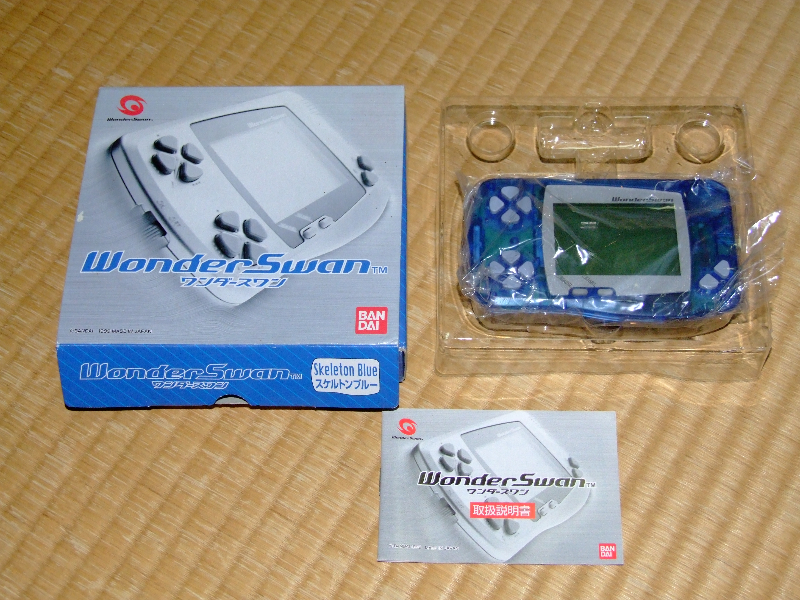
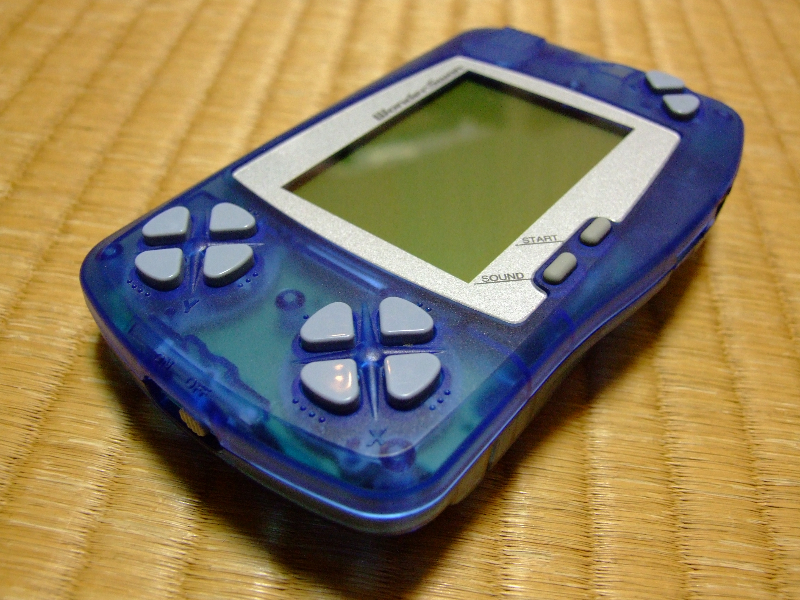
The first in the series was the Black and White version of the Bandai Wonderswan (pictured above) released in 1999. The controller setup allowed games to either be oriented horizontally or vertically. Quite an interesting concept, specially when it came to puzzle games and more action oriented titles.
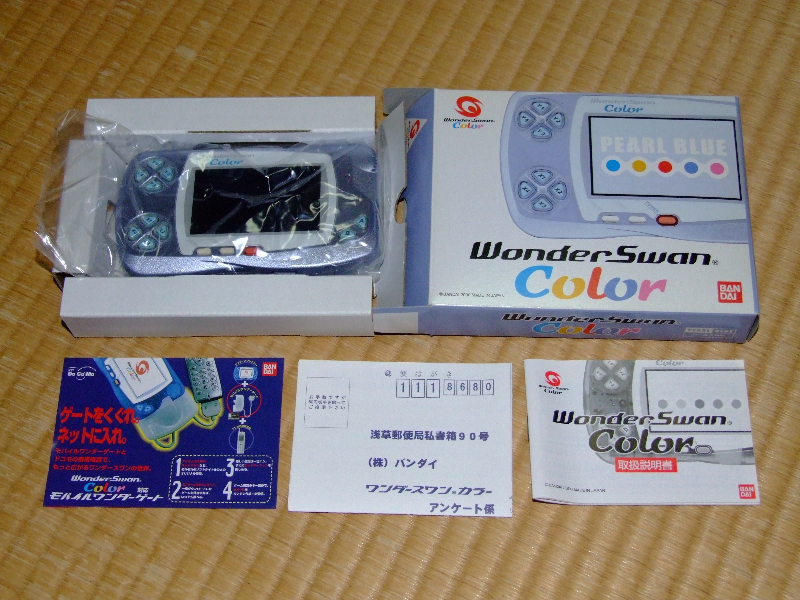
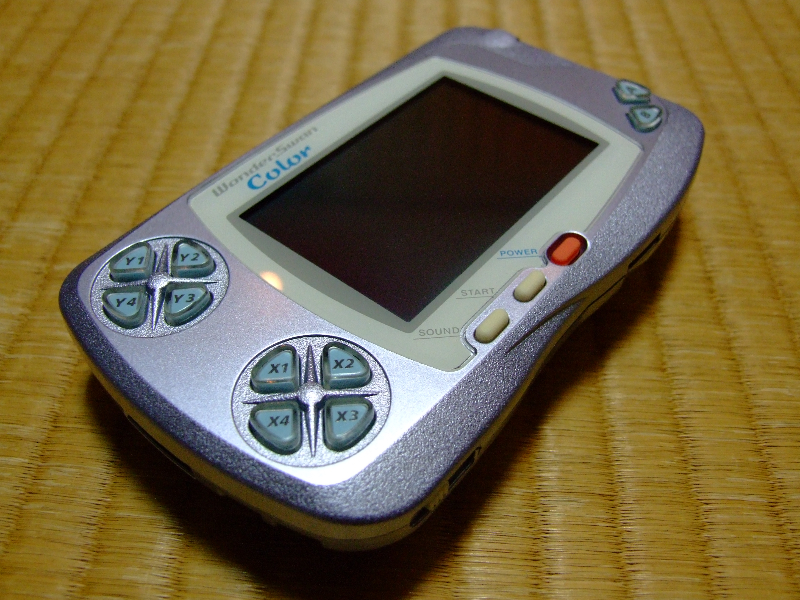
The Bandai Wonderswan Color (pictured above) was released just one short year after the Wonderswan Black and White. The Wonderswan Color received a good amount of success, and had the support of large 3rd part developers at the time. It not only featured a colour screen, but also it was beefed up in every respect hardware wise.
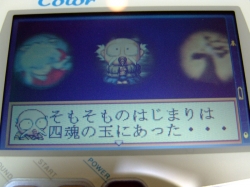
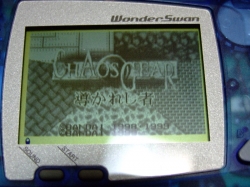 Wonderswan Color – Left. Wonderswan Black and White – Right.
Wonderswan Color – Left. Wonderswan Black and White – Right.
There was actually another Wonderswan released in 2003 called the SwanCrystal. Unfortunately I do not have this one to show you, but it features an upgraded screen, more ram, and a reduced battery life. It was so damn ugly compared with the previous versions as well. 😀
The Bandai Wonderswan series came in a wide range of colours. My small hoard shows you just a few of the colours available.
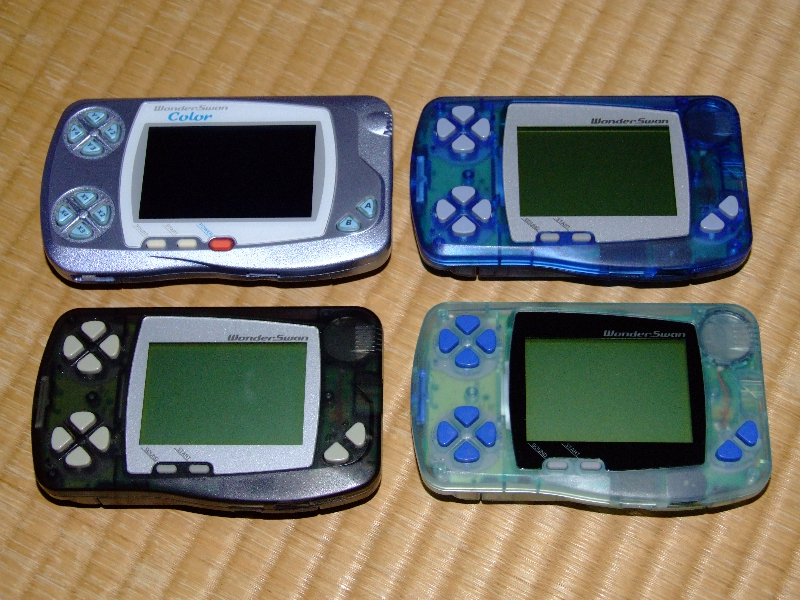
An interesting design idea was the way in which the single AA sized battery fits into the unit. It uses a housing that simply slots into the back of the Wonderswan giving the Black and White 40 hours of gameplay, the Color 20 hours, and the SwanCrystal 15 hours.
Unfortunately there is an area in which the Bandai Wonderswan falls flat for most people buying, and that would be the selection of games available. It’s not that the games completely stink by any means, it’s just that a player would need a very good command of Japanese to be able to play most of the titles available for the system. There are some action and puzzle games that don’t require too much Japanese to be able to progress, but the majority of games available for the unit are JRPGs or text intensive titles like RTSs.
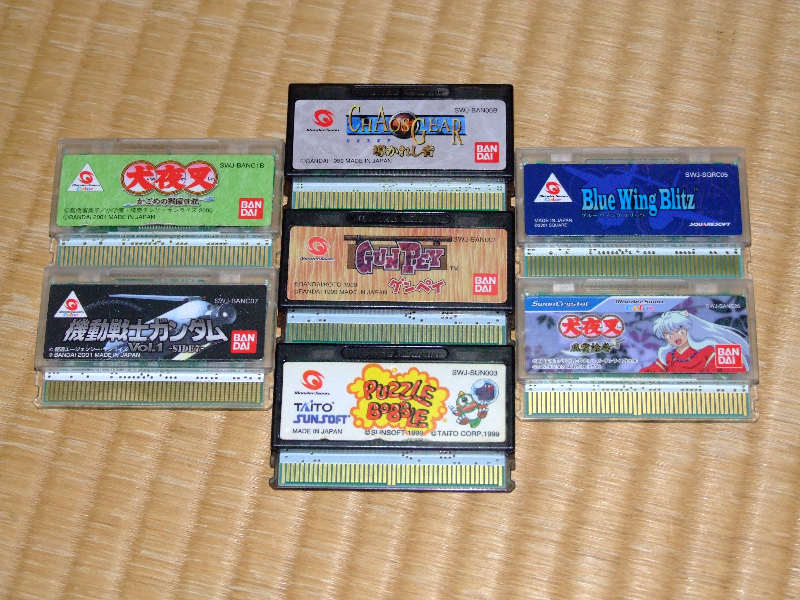
Admittedly the Bandai Wonderswan is the last machine I tend to turn to when I’m heading to the toilet for a quick game (well, quick game and number two release). It’s not that it’s bad at all, it’s just that the games available don’t really appeal to me personally – specially with my crap Japanese ability.
These can be picked up cheap these days, so they are definitely worth having in a collection, but they are more ornamental than functional. 😀

